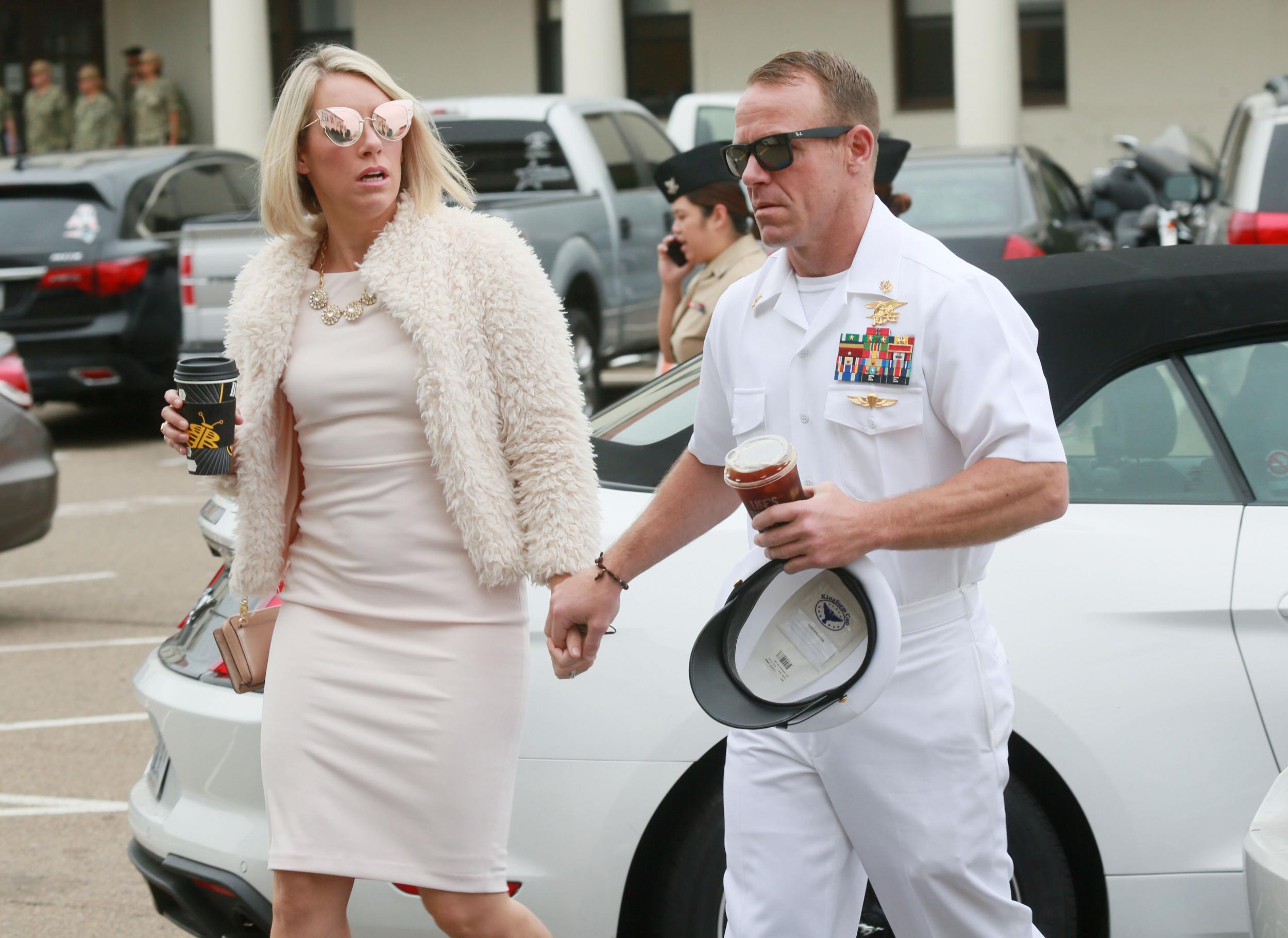Navy Seals discussed chief officer's alleged war crimes in WhatsApp group, trial hears
The group text eventually turned into formal allegations

Your support helps us to tell the story
From reproductive rights to climate change to Big Tech, The Independent is on the ground when the story is developing. Whether it's investigating the financials of Elon Musk's pro-Trump PAC or producing our latest documentary, 'The A Word', which shines a light on the American women fighting for reproductive rights, we know how important it is to parse out the facts from the messaging.
At such a critical moment in US history, we need reporters on the ground. Your donation allows us to keep sending journalists to speak to both sides of the story.
The Independent is trusted by Americans across the entire political spectrum. And unlike many other quality news outlets, we choose not to lock Americans out of our reporting and analysis with paywalls. We believe quality journalism should be available to everyone, paid for by those who can afford it.
Your support makes all the difference.A US Special Operations Chief’s trial may have shed new light on internal strife between Navy Seals, the select military group that handles select missions requiring a high level of skill.
A WhatsApp group formed for Navy Seals to discuss alleged war crimes committed by their chief officer, Eddie Gallagher, eventually lead to formal allegations that he fatally stabbed a wounded Islamic State teenager being held captive and shot innocent civilians. Gallagher has pleaded not guilty to those charges. Closing arguments for his trail, where a jury of mostly combat Marines will decide his fate, are expected Monday.
The WhatsApp group was called “The Sewing Circle,” and members served in Gallagher’s group. Nearly a dozen have testified over the case’s trial, many under immunity, in order to depict the alleged crimes.
Seven Seals said the Special Operations Chief, who was trained as a medic, stabbed a 17-year-old Islamic State prisoner on May 3, 2017, moments after he and the other medics treated the teenager. Two Seals testified they saw Gallagher plunge his knife into his neck, including Sewing Circle member Special Operator Corey Scott, who unexpectedly said during the trial that he was the one who ultimately killed the teen by plugging his breathing tube with his thumb as an act of mercy.
In the group chat, Gallagher was referred to as “El Diablo,” Spanish for “the devil.” At one point, Mr Scott texted, of his platoon chief, “Not sure how to handle him, but he is ready to fight and kill.”
Lawyers for Gallagher say The Sewing Circle was used to orchestrate “a smear campaign” against their client. A Seal troop commander told the court that he suspected allegations against Gallagher and took no action on them months because they surfaced Gallagher was being considered for a Silver Star and a promotion.
Platoon members testified that the team was fractured.They say the group chat distinguished itself from the “Real Brotherhood,” which is what supporters of Gallagher, who has become a cause to champion among conservatives, including president Donald Trump, have taken to calling themselves.
“The Real Brotherhood is people who are OK with war crimes,” said Dylan Dille, a former Seal sniper from the platoon who testified that Gallagher took shots at civilians from the sniper tower, hitting an old man and young girl.
One agent who testified said that “Every single sniper in the platoon said he (Gallagher) was not a good sniper,” and that he consistently fired recklessly. In the group chat, his shooting style was discussed as well.
“I shot more warning shots to save civilians from Eddie than I ever did at ISIS. I see an issue with that,” SEAL sniper Dalton Tolbert texted the group at one point.
Gary Solis, a former military judge and Marine Corps prosecutor who teaches law at Georgetown University, told the AP that he believes the trial’s revelations will “alert the Seal community that the rules apply to them.”
“Seals, it seems to me, have been seeing themselves as God-like on the battlefield,” he said, “and there is a real danger in taking that view of one’s unit or one’s self.”